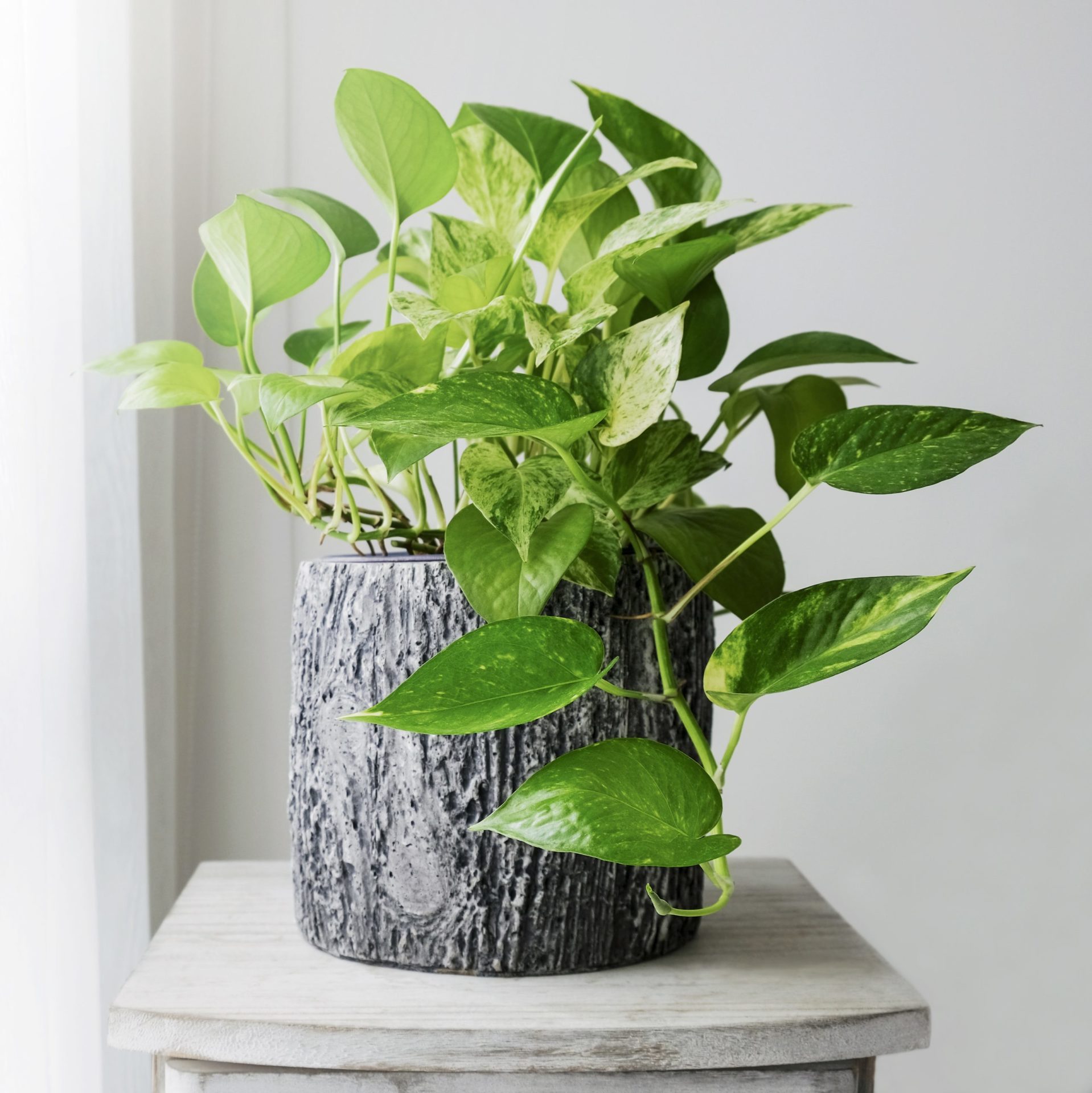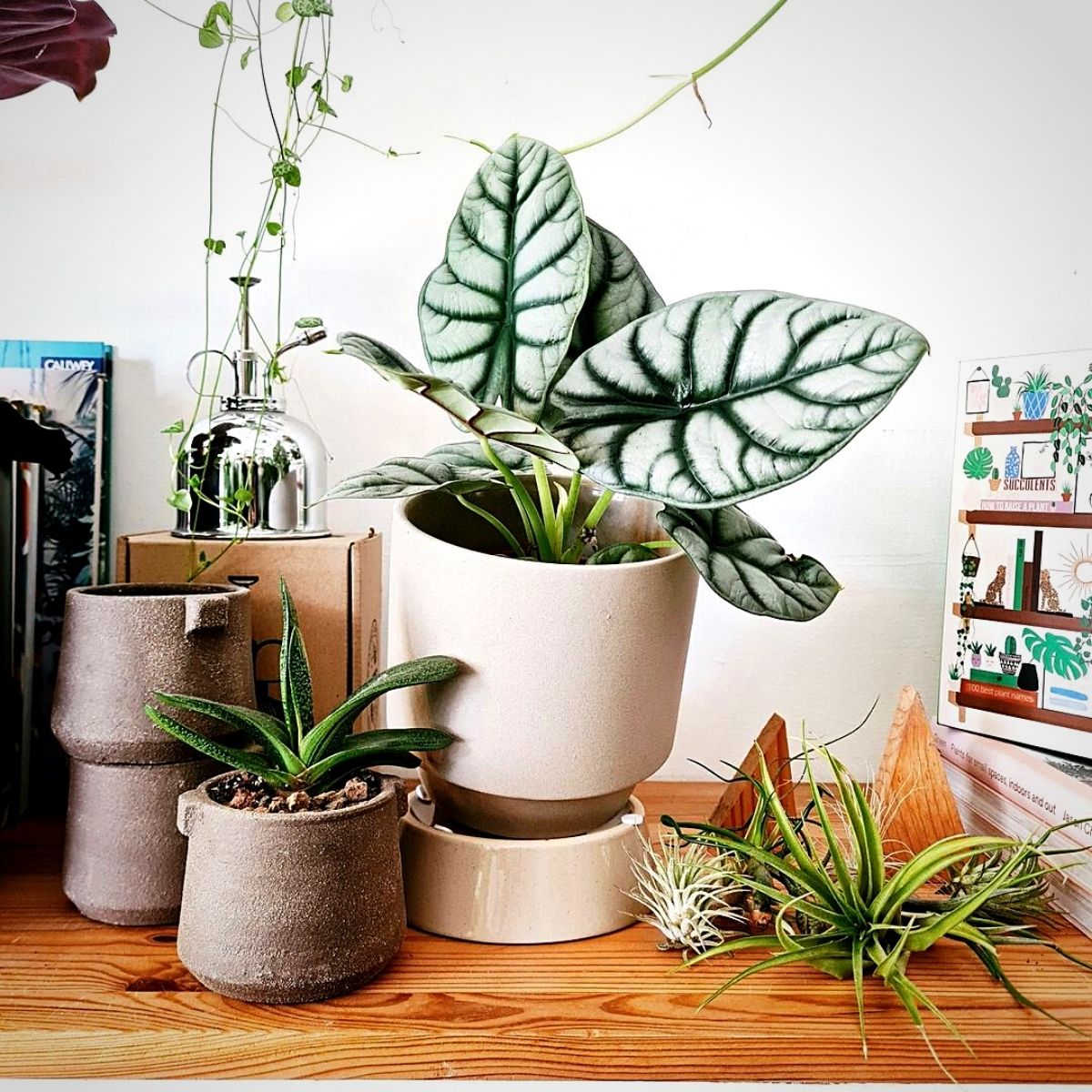How to Choose the Best Low-Light Indoor Plants for Your Interior Design Needs
How to Choose the Best Low-Light Indoor Plants for Your Interior Design Needs
Blog Article
Transform Your Home With Beautiful Low-Light Indoor Plants and Their Advantages
Incorporating low-light interior plants into your home can considerably enhance both the environmental and visual high quality of your home. These plants, which flourish in dim problems, offer not only as attractive elements yet also as natural air cleansers, making them excellent for city occupants or those with restricted sunshine direct exposure. As we explore the different sorts of low-light plants and their benefits, you might discover unusual ways to integrate them into your home that can transform your environments in ways you may not have actually expected.
Advantages of Low-Light Plants
Low-light plants use various advantages for indoor atmospheres, making them a superb selection for both amateur and skilled garden enthusiasts. Among the key benefits is their adaptability to low-light problems, enabling people to boost their space without the need for comprehensive sunshine exposure. This characteristic makes them suitable for apartment or condos, offices, and other locations with minimal all-natural light.

Furthermore, integrating low-light plants right into home décor can boost the aesthetic appeal of a space. Their lush foliage and varied appearances produce a calming atmosphere, adding to general wellness. The existence of greenery has actually been linked to lowered anxiety levels and boosted productivity, making low-light plants a functional option for improving both physical and psychological health and wellness in interior settings.
Top Low-Light Indoor Plants
While many indoor plants grow in brilliant light, numerous varieties are specifically well-suited for low-light conditions, making them excellent for different indoor areas. One popular option is the Serpent Plant (Sansevieria), recognized for its striking upright leaves and durability, calling for minimal treatment. Another excellent choice is the Pothos (Epipremnum aureum), which includes heart-shaped fallen leaves and can route magnificently from hangers or shelves, thriving in reduced light and including a lush touch.
The ZZ Plant (Zamioculcas zamiifolia) is commemorated for its glossy fallen leaves and capability to endure overlook, making it excellent for active way of livings. Likewise, the Tranquility Lily (Spathiphyllum) not only tolerates low light but likewise creates sensational white blossoms, boosting any kind of room's aesthetic.
For an one-of-a-kind touch, think about the Cast Iron Plant (Aspidistra elatior), which undoubtedly measures up to its name, thriving in the darkest corners of your home. Lastly, the Chinese Evergreen (Aglaonema) provides a selection of fallen leave patterns and shades while being extremely forgiving in low-light problems. These plants not only beautify interior atmospheres however also add to air purification, boosting your living room.
Treatment Tips for Low-Light Plants

Watering techniques are critical; these plants typically favor slightly completely dry click to find out more conditions. Overwatering can cause root rot, so make sure that the top inch of soil is dry prior to watering again. Use pots with drainage holes to enable excess wetness to get away.
Humidity is another vital factor. anonymous Several low-light plants, such as brushes and tranquility lilies, take advantage of higher humidity levels. To increase humidity, take into consideration misting the leaves or positioning a tray of water near the plants.
Fertilization must be approached with care. Throughout the growing season, utilize a thinned down, well balanced fluid fertilizer every month to sustain growth, yet stay clear of fertilizing throughout the dormant winter season.

Imaginative Ways to Show Plants
Indoor plants can work as fascinating prime focus in any kind of area, enhancing both aesthetic appeal and atmosphere. Innovative display screens can raise the visual effect of low-light plants, making them an important part of your home decor. One efficient method is to use tiered plant stands, which enable you to display several plants at varying heights while taking full advantage of floor area.
Hanging planters are one more cutting-edge alternative, creating a sense of deepness and attracting the eye upward. Consider macramé hangers or wall-mounted shelves to introduce an unique appearance and design.
For a much more structured strategy, usage geometric terrariums or glass containers to house your plants, including a modern-day touch to your interior garden. You can likewise repurpose vintage things, such as teacups or wood dog crates, for a diverse display screen that reflects your individuality.
Enhancing Home Atmosphere With Plants
Integrating low-light plants into your home not just improves aesthetic allure yet additionally contributes dramatically to the total setting. These plants offer as all-natural style components, presenting a feeling of serenity that can transform any type of room. The existence of greenery fosters a relaxing ambience, which is specifically beneficial in high-stress settings such as office or living rooms.
Low-light plants, such as serpent plants, pothos, and ZZ plants, are not just visually pleasing but also boost indoor air quality by filtering pollutants. This dual function boosts the ambiance additionally, producing a much healthier home (Best low-light indoor plants). The critical positioning of these plants can likewise affect the perception of room; for example, tall plants can attract the eye up, making ceilings show up greater and areas extra large
Additionally, differing structures and colors of vegetation add deepness to indoor style, enabling innovative expression in home styling. Whether placed on racks, in corners, or as focal points, low-light plants can raise the mood of any kind of area. In recap, including these plants into your home is a reliable means to promote a warm, inviting atmosphere while Going Here profiting of enhanced air quality and visual convenience.
Conclusion
Incorporating low-light indoor plants into home environments provides countless benefits, consisting of improved visual charm and enhanced air quality. These resilient plants, such as the Snake Plant and Tranquility Lily, require very little light and upkeep, making them suitable for varied way of lives. Their capacity to filter pollutants contributes to a much healthier home, while their different structures and colors enrich indoor decoration (Best low-light indoor plants). Eventually, the addition of low-light plants cultivates a calm and welcoming setting, changing any kind of home into a peaceful sanctuary.
While many interior plants thrive in intense light, numerous varieties are specifically well-suited for low-light problems, making them perfect for different indoor rooms. One effective technique is to make use of tiered plant stands, which allow you to display numerous plants at differing heights while taking full advantage of floor room.
Low-light plants, such as serpent plants, pothos, and ZZ plants, are not just aesthetically pleasing but also enhance indoor air top quality by filtering system contaminants. Best low-light indoor plants. The calculated positioning of these plants can likewise affect the understanding of room; for instance, tall plants can draw the eye upward, making ceilings show up higher and areas more sizable
These durable plants, such as the Serpent Plant and Tranquility Lily, require marginal light and upkeep, making them appropriate for diverse way of livings.
Report this page